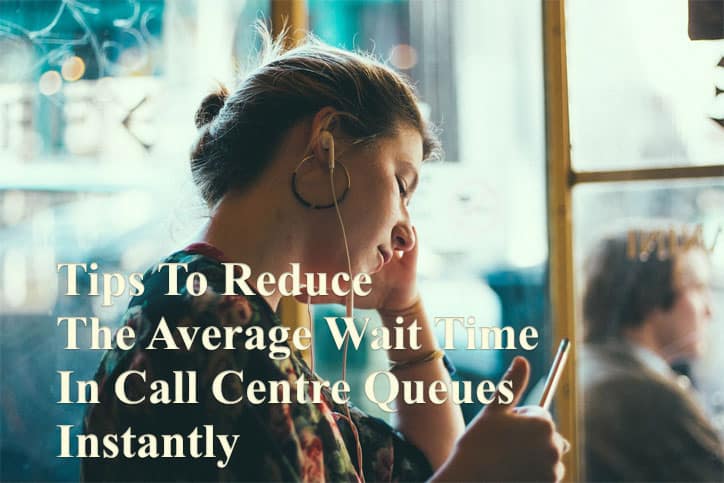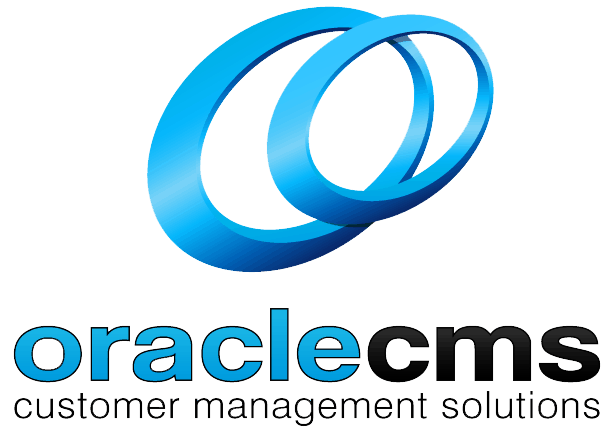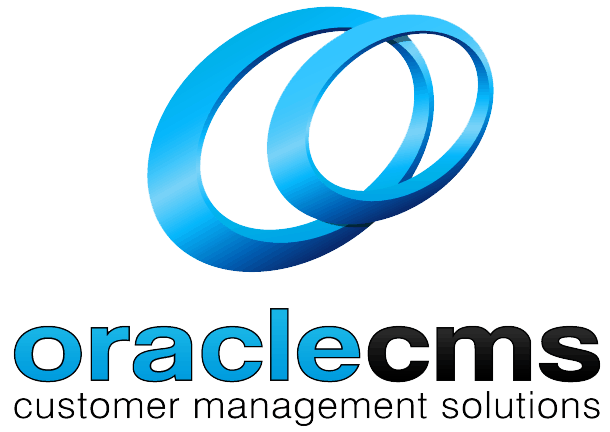
Tips to Reduce the Average Wait Time in Call Centre Queues Instantly
Is there anything more frustrating than being sat on the phone whilst waiting in a call queue to be served? The same monotonous music playing on repeat while you clock-watch, wandering what else you could be doing with your precious time. We’ve all been there, and we can all agree that it is not ideal, especially if you have a problem that needs resolving.
The fact is, not only do you have a duty of care for your customers but reducing the average wait time can lead to vast improvements in customer satisfaction. So, let’s look at what can lead to lengthy wait times, and what you can do to reduce the queues for customers calling your business.
Why tacking and reducing average wait times is important
The average wait time is a valuable call centre metric which is directly linked to your overall customer satisfaction. Nobody wants to waste time in a queue, and the main reason why they are contacting you in the first place is that they are seeking a swift resolution to their situation. Thus, you should always endeavour to provide them with such.
In addition to customer satisfaction, one must consider the call abandonment rates which are tied to longer waiting times. It’s not uncommon for a caller to give up hope and hang up altogether because they have been waiting for too long. The statistics show that 34% of callers who abandon the phone call will never call back, which is a lot of potential business to lose.
Another issue to consider is the building frustration that many callers experience when they have been waiting for too long. Often, a situation which could have been resolved easily had the caller been addressed promptly can turn into a lengthy and problematic interaction as callers are less likely to be cooperative.
The appropriate average wait time will vary depending on the industry that you are in, and the demographic of your callers. So, you should keep that in mind when optimising your average wait time and striving to adhere to an acceptable level.
What are the main causes of lengthy call centre queues?
The most common reason for having long wait times is due to poor staffing. If you don’t have enough agents on standby to receive your calls, then there will be an invariable wait. If this is the case for you, then you may wish to consider outsourcing your requirements to our Australian contact centre.
Another contributing factor to long queues is each call taking longer than they should. This could be a result of many factors, including unqualified agents, or complicated situations regarding a product or service-related issues.
Finally, one must consider the call centre software features that you have at your disposal. Is the software that you are using dated? Is it serving you in every possible way? If not, you should consider investing in advanced call centre software with certain key features such as displaying comprehensive customer information for the agent, automatic synchronisation with integrated CRM systems, call disposition codes, and the ability for agents to leave notes on case files (and of course, your agents consistency with updating the notes).
How can you reduce the average wait time for your call centre?
Now that we have established the various reasons for customers experiencing lengthy waiting times, let’s look at how we can reduce them.
1 – Optimised call queue configuration
The first thing you should do is test your system and see if you can spot any inefficiencies in the configuration. Your IVR must be set in an intuitive way in order for callers to work their way through the prompts quickly and navigate to the appropriate queue. You should also create multiple specialised queues for the various departments to keep waiting times to a minimum.
2 – Add additional call queue settings & features
- Queue call back – to save waiting on the phone, offer callers a call-back service at the earliest convenience.
- Queue to voicemail – enables callers to leave a message as opposed to waiting in the queue.
- Queue size limit – sends callers straight to voicemail when the maximum queue limit has been reached.
- Waiting time limit – if a caller has been in the queue for a certain period of time they will be directed to voicemail.
3 – Encourage your agents to spend less time on the phone
Naturally, your agents should be professional & attentive, and do everything that they can to resolve the situation at hand. However, you should empower them to monitor their calls and endeavour to cut down on the overall call duration if they have a long waiting time. Working faster and smarter to resolve the caller’s enquiry can make a big difference.
4 – Be properly staffed
You should have a large enough team of agents to handle the estimated call volume, especially during peak times such as holidays. Your call centre software should be able to provide you with all of the data required to manage your workforce appropriately.
5 – Customer-centric software is the future
You must invest in modern call centre software that is primarily dedicated to serving the customer by offering advanced customer-centric features.
Conclusion
Take your time and explore your current average wait time and consider as to whether or not you think it could be shorter. Then look at ways you can improve and configure your IVR. A great way of doing this is by calling your call centre personally during peak hours and see how easy it is to navigate / how long it takes you to get through to where you need to be.
For more information regarding our customer management solutions, please do not hesitate to get in touch. We will gladly talk through your current situation and devise an approach towards optimising your call centre systems for the best possible results.

